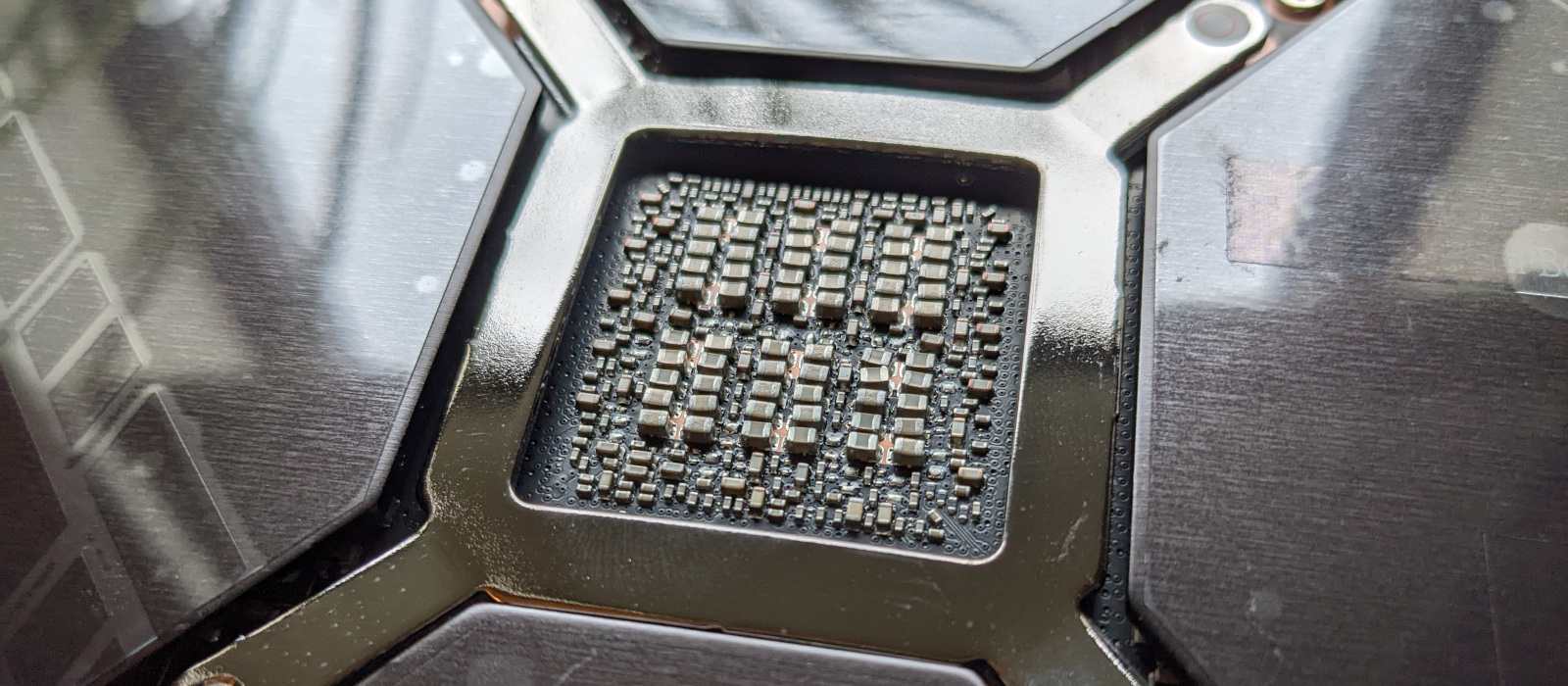GPU Computing Introduction
The SCS GPU allow you to program using its CUDA (Compute Unified Device Architecture) cores. CUDA is a parallel computing platform and application programming interface (API) model created by Nvidia. The CUDA platform is accessible to software developers through CUDA-accelerated libraries, compiler directives, and extensions to industry-standard programming languages.
GPU programming has been widely used in the area of Deep learning and have been applied to fields such as:
- computer vision,
- machine vision,
- speech recognition,
- natural language processing,
- audio recognition,
- social network filtering,
- machine translation,
- bioinformatics,
- drug design,
- medical image analysis,
- material inspection,
- board game programs.
Deep learning have produced results comparable to and in some cases surpassing human expert performance.
- GPU Hardware
-
The School has the following GPU hardware (January 2024):
| NVIDIA GPU |
VRAM |
CUDA Cores |
Tensor Cores |
Ray Tracing Cores |
| RTX 4090 |
24 |
16,384 |
512 |
176 |
| RTX 4070 Ti Super |
16 |
8,448 |
264 |
66 |
| A16 |
16 |
1,280 |
40 |
10 |
| RTX 3060 Ti |
8 |
4,864 |
152 |
38 |
| RTX 3060 |
12 |
3,584 |
112 |
28 |
| Titan V |
12 |
5,120 |
640 |
0 |
| RTX 2080 SUPER |
8 |
3,072 |
384 |
48 |
The school has various VM flavors that assign the number of vCPU’s, memory and disk space. Virtual machines are provisioned using the school’s Openstack cloud.
- Accounts
-
You will need the following accounts to use the SCS GPU VM’s:
- MyCarletonOne account account (university wide or ITS account) – needed to VPN
- GPU VM account – created by the SCS Tech Staff
Please note the GPU account is a local account and you are responsible for your own backups!
More Account information:
- Change your default Password
-
Please change your default GPU VM password once you login. The simplest way to do that in Linux is to:
- login to your Linux VM
- start an xterminal or command windows
- at the command prompt type ‘passwd’ and follow the instructions
- Accessing the GPU Servers
-
Note that you require VPN for remote accessing your instances! – Remote Access – VPN
You can access the GPU’s as follows:
- Using a remote desktop
- using a command line ssh client
Logging in using x2go (remote desktop)
The preferred way to access the GPU server is to VPN to Carleton or use a lab on campus such as the SCS Computer labs and then remote desktop (x2go) directly to the server (see diagram). The x2go session will give you a full GUI desktop. Detailed x2go instructions are here:
Logging in using ssh (command line)
- Backing up Files
-
Once the VM is shut down it no longer exists so its important to backup your files especially once you have completed your experiments.
- When you are finished
-
Every GPU VM has an expiry date. Once you completed your GPU experiments and you have backed up your files your VM can be terminated. Please note once your VM is terminated it cannot be recovered.
If you finish your experiments before your VM expiry date please let us know. This will allow another student the opportunity to use your GPU.
To help us improve our service, please fill out this exit questionnaire once you are finished:
How do Graphics Cards Work? Exploring GPU Architecture (YouTube)
Share: Twitter, Facebook
Short URL:
https://carleton.ca/scs/?p=808
